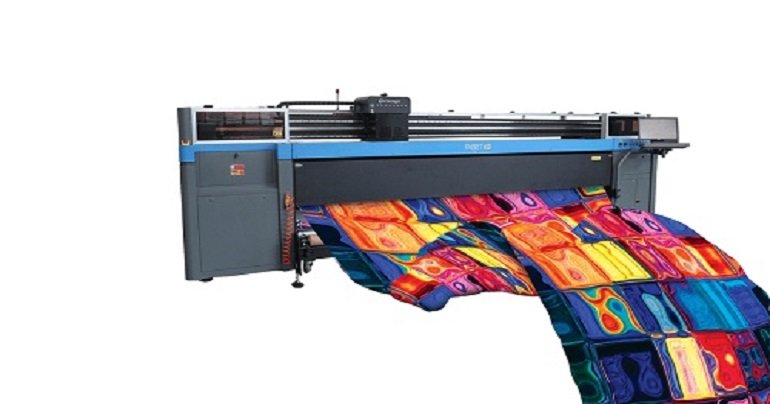In digital printing on fabric, you can create a single print with the reduced costs of the traditional printing processes (e.g., dye sublimation printing, single-sided printing, heat transfer printing). However, digital fabric printing machine also brings certain limitations: only very wide-ranging palettes are available, usually only the standard CMYK palette; there is no way to use metallic or fluorescent colours; and the image quality is not as good as that created by offset printing. In some cases, you can use the services of an experienced digital printing company to provide your business with the digital printing on fabric that meets all of your needs. This kind of service can also save your valuable time, money, and energy. However, the first thing that you should do before contacting any printing company is to determine the level of technology used in printing your digital prints on fabric. There are three basic types of technology used to print on fabric: digital-to-digital, digital-to-aniline, and direct thermal printing.
Digital printing on fabric uses a ribbon-based technique where a ribbon, composed of a coated fabric surface area, and a digital ink ribbon are deposited onto the surface. The ink ribbon is also electrically charged so that it can jump from one ribbon to another. The coating area can be made from any transparent cloth, but is most often a polyester or vinyl based material. This technology allows the printers to produce highly detailed digital images on fabrics with extremely high resolutions. However, the biggest disadvantages of this type of printing is that there are limits to the resolution of the final printed images and that the printers tend to run at a much higher printing speed than needed.
Where to get: bottle neckers
Digital screen printing on fabrics involves the use of a coated area of the fabric that has been printed with a digital ink pad. The pad then carries the ink, which is usually a coloured pigment, from the ink drum to the fabric through a coated channel. In traditional computer screen printing, the pixels (or dots) are positioned in a grid on the computer screen. With digital screen printing, each of these coloured dots is printed with a different colour.
Cotton and silk screen printing technologies are capable of printing in several different colours depending on the required customer need. For example, silk screen printing can be adapted to print in two separate colours, red and blue or green and white. The dye used in this type of print, however, cannot be changed without destroying the image and so the colours remain for only as long as the backing fabric and the dye remain in place. Digital printers that utilise this method of printing will often need to be connected to a computer via a USB port to upload the colour swatches so that the printer can see the best results. Most manufacturers of digital printers that utilise this technology are able to offer pre-designed designs to meet customer requirements. You can read about Plastic extrusion.
The biggest advantages of digital textile printing over other methods are the savings in time and money. As well as saving time and money, digital printing offers a high quality finish, with very little in the way of noticeable errors. Because the colours are simply sprayed onto the backing, there are very little fading and distortion. Even the biggest printing companies find it advantageous to outsource some of their work to online companies. This saves them the time and money of having to constantly hire employees in every area of their operation.
Although digital printing is a great thing for businesses and is having huge benefits, it still has its limitations. The biggest limitations of digital textile printing, however, lie in the fact that you can only make corrections by re-creating the work on your computer. By simply clicking back and forth between two different images on your computer, you may end up having to redo many parts of your original design. Digital printing is great for altering one picture to another. However, if you’re trying to make corrections to real life objects, you may not be able to make the necessary changes without completely re-discovering the object yourself. This means that while digital printing is wonderful for large orders of textiles, it does have its limitations when it comes to things like clothes.
